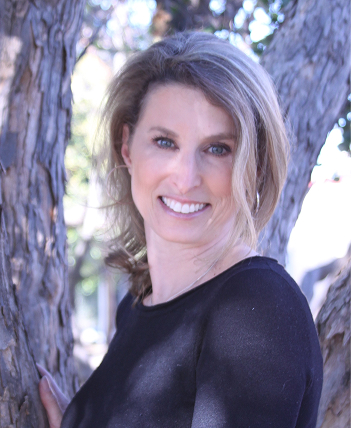 Plastic surgery is always evolving. The newest darling on the cosmetic aesthetic treatment machine is platelet rich fibrin matrix. What is it? And how is it different than PRP?
Plastic surgery is always evolving. The newest darling on the cosmetic aesthetic treatment machine is platelet rich fibrin matrix. What is it? And how is it different than PRP?
First, a little education.
PRP is platelet rich plasma. It was popularized at the vampire facelift, it is thought to help hair growth when injected in the scalp, and is added to all sorts of treatments for the skin. PRP is supposed to help release growth factors. (Please see all my blogs on PRP HERE. It does NOT show the same histologic improvements in skin quality as fat and stem cells do.)
But why are they looking at an alternative? PRP requires large volumes of blood that give only a small volume of the PRP product. I tried a PRP treatment to my scalp. They took a vial of my blood, spun it, and it yielded a tiny amount of plasma to inject.
Enter PRMF- platelet rich fibrin matrix. To make this, you only need 9cc of blood. The blood is centrifuged (like PRP), and it forms 3 layers: a layer with red and white blood cells, a buffy coat of platelets, and a platelet poor plasma layer with fibrinogen. The platelets and plasma are used together, with the addition of calcium which helps release growth factors and polymerize. These mechanical properties make it more resistant than PRP, and gives it a stiffness about half as strong as skin.
PRMF is more closely like the body’s own wound response to healing. When your body heals, growth factors are released, and they help target collagen deposition. The thought is that these growth factors and new collagen are made and can last for as long as 10 weeks.
PRMF has been marketed to rejuvenate the skin- into the nasolabial folds, the tear trough hollow, acne scars, and crow’s feet wrinkles. Some even claim the improvement can last up to a year.
So does it work?
Read the study out of the July 2021 Aesthetic Journal. Short answer is in their study showed there was only a texture improvement at 6 weeks and no difference at 3 months from placebo. The study was small, and the improvements measured by standardized photography, but it didn’t show a difference.
I think it is likely much more hype than anything else.
The information provided on this website is for general informational purposes only and does not constitute medical advice, diagnosis, or treatment. Always seek the advice of a qualified healthcare provider for any questions regarding your health or medical condition.
